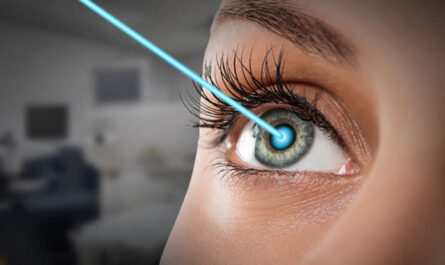What is Microchipping?
Microchipping involves implanting a small microchip, usually the size of a grain of rice, under the skin. RFID microchips are already used to identify pets, livestock, and products. Some companies and advocates argue that microchipping could also help identify and track humans.
Benefits of Microchipping Humans
Proponents argue that microchipping humans could have several potential benefits. It may help identify individuals in medical emergencies if they are unconscious or otherwise unable to provide their name and medical information. Human Microchipping could also help track missing children or vulnerable adults such as those with Alzheimer’s or Autism. From a security perspective, microchips may be used like contactless ID cards to access buildings, computers, or make electronic payments without needing to carry physical IDs or payment cards. Advocates believe microchipping will become more convenient and reliable than passwords, cards, and keys.
Privacy and Security Concerns
However, there are also significant privacy and security concerns regarding microchipping humans. First, microchips are implanted and their unique IDs cannot be changed like passwords if compromised. If the database containing microchip IDs and personal information is hacked, individuals could face serious identity theft issues. There are also concerns about potential development of microchip IDs into more advanced tracking systems that could invade personal privacy. Unlike pets, humans have rights protecting their biometric data and location privacy. Any microchipping system would require stringent regulations to address issues of consent, data protection, and limitations on data use and sharing. Critics argue that misuse of microchip tracking could enable mass surveillance far beyond current technologies.
Technological Limitations and Health Risks
Current microchip technology also has limitations that make widespread human use impractical. Microchips have very short read ranges of only a few centimeters, requiring the scanner to touch the skin. They also lack long-term durability and reliability. The chips or readers could fail or become incompatible with future systems. Most microchips are only designed to last 10-15 years inside the body before needing to be replaced surgically. There are also unknown long-term health risks from constant radio waves or toxic materials used in the chips being embedded under human skin for decades. More studies would need to confirm microchips are safe enough for widespread and permanent human implantation before deployment.
Possible Applications and Alternatives
While significant advancement would be required to overcome current limitations, some envisioned applications of microchipping with proper safeguards include:
– Medical ID for patients unable to communicate
– Employee ID/access badges that are more difficult to lose or replicate than physical cards
– Electronic transport payments integrated with national ID systems
However, many argue there are less invasive alternatives that can provide similar benefits without physical implantation or permanent tracking concerns. Technologies like fingerprint scans, facial recognition, RFID/NFC cards/ stickers, and digital wallet apps may fulfil identification and payment needs without requiring microchips embedded under the skin. As these technologies continue advancing, the case for human microchipping becomes less compelling compared to alternative options.
Regulation and Ethics of Human Microchipping
If and when the technology becomes viable, widespread microchipping of humans would require extensive legal and ethical consideration. Key issues that would need addressing include: informed consent procedures, data protection laws, limitations on data usage, individual rights to have microchips removed or their data deleted, addressing neo-eugenics concerns, as well as oversight and regulatory frameworks. With current limitations and risks, most ethicists argue the costs of microchipping likely outweigh any benefits when alternatives can fulfil needs without physical implantation or permanent tracking concerns. However, as technology progresses, societal views and regulations may evolve to enable some applications of microchipping within strong ethical guardrails.
while microchipping proposals aim to solve issues like identification and access control, implanting microchips in humans raises major privacy, security, health and ethical concerns that far outweigh current benefits. Significant technological advancement is still needed to enhance the reliability, security, and health safety of microchips before widespread human use could be considered ethically acceptable. With emerging alternatives continuously narrowing the case for microchipping, regulations would need to very robustly protect privacy and consent. Overall, most experts agree that non-invasive identification technologies are preferable to permanent human microchipping at the current stage of development. Only time will tell if microchip implants may become a viable option for some applications in the distant future within a highly regulated framework.
*Note:
1. Source: Coherent Market Insights, Public Source, Desk Research
2. We have leveraged AI tools to mine information and compile it.
About Author - Ravina Pandya
Ravina Pandya,a content writer, has a strong foothold in the market research industry. She specializes in writing well-researched articles from different industries, including food and beverages, information and technology, healthcare, chemicals and materials, etc. With an MBA in E-commerce, she has expertise in SEO-optimized content that resonates with industry professionals. LinkedIn Profile

 by
by 


